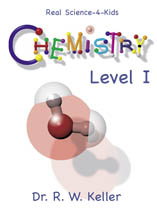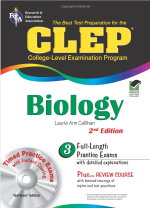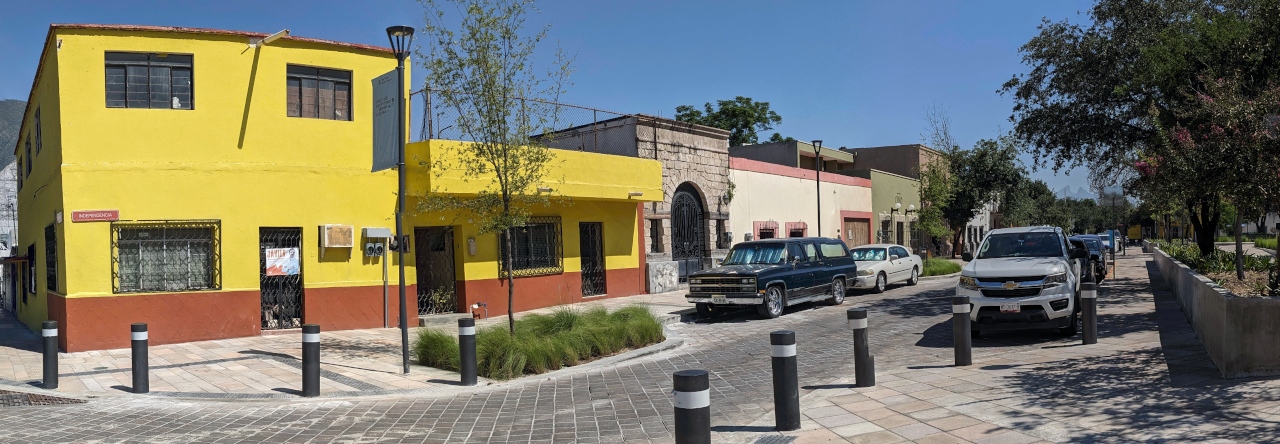Day 618 of 1000
This is the third in a series of articles about why we used Sonlight Curricula in our homeschool. Here is a page that holds an introduction to the series and links to the other posts in the series. We bought core packages for what would be third through tenth grades in a traditional school. Kelly used the program from fifth through tenth grade. Christian used the program from third through eighth grade. This series mostly describes what we did for all the subject areas except math, music, and art. I have already written pretty extensively on this blog about what we did for math and plan to do a future series on our art art program. We bought most, but not all of our core materials from Sonlight and followed their curriculum guides with a fair amount of rigor. Like most other homeschoolers, we deviated in minor ways where we saw fit.
 We believe the homeschool curricula from Sonlight is good, but not great. The clarity of the explanatory materials was always excellent as were the laboratory materials and experiments. We worked our way through all of the science materials and benefited greatly from them. We just felt the materials did not go deep enough. The supplemental materials we used can be divided into two categories. The first category is the material before Apologia Biology which ran from the third grade up through the seventh grade and included Apologia Physical Science. The second category included only Apologia Biology and Apologia Chemistry because our kids started college after that.
We believe the homeschool curricula from Sonlight is good, but not great. The clarity of the explanatory materials was always excellent as were the laboratory materials and experiments. We worked our way through all of the science materials and benefited greatly from them. We just felt the materials did not go deep enough. The supplemental materials we used can be divided into two categories. The first category is the material before Apologia Biology which ran from the third grade up through the seventh grade and included Apologia Physical Science. The second category included only Apologia Biology and Apologia Chemistry because our kids started college after that.
 We found a set of materials that perfectly complemented the science during the younger years. Sometimes it did not perfectly coordinate with the Sonlight materials in terms of what the kids were studying at a given time. This was the case because the material was interesting enough that we read the text together as a family in the evening and the kids did the experiments on their own during the following school day. The name of the program is Real Science-4-Kids from the Access Research Network. I cannot recommend these books highly enough. They benefited the kids greatly through a systematic look at at Biology, Chemistry, and Physics. The program features real experiments done in the way working scientists do science rather than the demonstration type experiments which are fairly normal in most junior high school science curricula. We do not recommend using either program in isolation. We derived great joy and learned a lot by combining the programs.
We found a set of materials that perfectly complemented the science during the younger years. Sometimes it did not perfectly coordinate with the Sonlight materials in terms of what the kids were studying at a given time. This was the case because the material was interesting enough that we read the text together as a family in the evening and the kids did the experiments on their own during the following school day. The name of the program is Real Science-4-Kids from the Access Research Network. I cannot recommend these books highly enough. They benefited the kids greatly through a systematic look at at Biology, Chemistry, and Physics. The program features real experiments done in the way working scientists do science rather than the demonstration type experiments which are fairly normal in most junior high school science curricula. We do not recommend using either program in isolation. We derived great joy and learned a lot by combining the programs.
 We believe the Apologia Introduction to Biology and Chemistry curricula are stellar, but again, we did not think they went deep enough. To mitigate that concern, we decided to have our daughter Kelly supplement her Biology studies through preparation for the CLEP (College Level Examination Program) test for college credit. One of her CLEP enhanced units was Biology where she used the REA CLEP Biology preparation book in conjunction with Exploring Creation with Biology from Apologia. I have written in some detail about how we did that for Biology in this post which is part of our series on CLEP testing, so I will not got into that in any detail here.
We believe the Apologia Introduction to Biology and Chemistry curricula are stellar, but again, we did not think they went deep enough. To mitigate that concern, we decided to have our daughter Kelly supplement her Biology studies through preparation for the CLEP (College Level Examination Program) test for college credit. One of her CLEP enhanced units was Biology where she used the REA CLEP Biology preparation book in conjunction with Exploring Creation with Biology from Apologia. I have written in some detail about how we did that for Biology in this post which is part of our series on CLEP testing, so I will not got into that in any detail here.
Conclusion: By complementing the Sonlight materials with other excellent materials, we believe our children well prepared to go on to college level science. That has been manifested in a good level of performance in Biology, Chemistry, and Physics at the University Level.

Leave a Reply